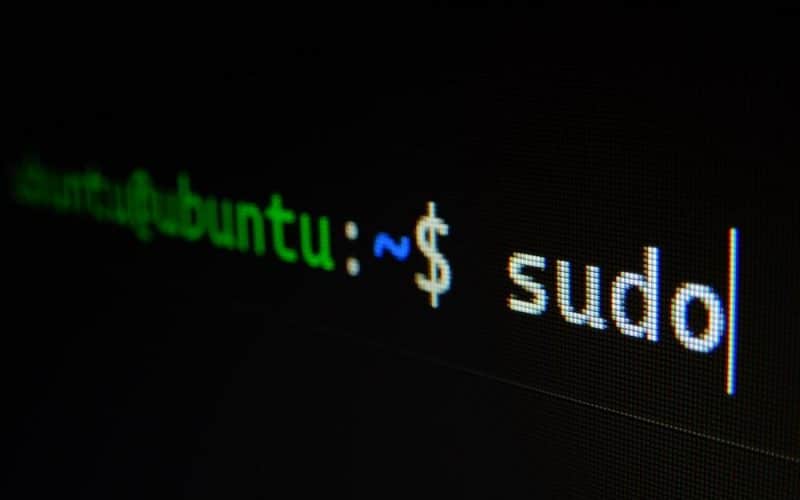Mélofée is a new piece of malware designed especially for Linux servers. It seems like an unknown Chinese group has been associated with this discovery. A French cybersecurity company identified the threat, and it looks like its traces take us back to early 2022, meaning that the virus might’ve already made cracks in some servers.
Commonly, the Linux system is known as the best and most secure operating system. Still, since more devices and servers have turned to it recently, Linux has been the focus of cybercriminals more than ever, as Linux malware samples increased by 50% in 2022 as to the previous year. Hackers seem to target businesses and industries more often, so Linux-based organizations must prioritize cyber security.
Let’s see how this new malware works and what companies can do to prevent further attacks.
How Mélofée works
The hacking system is not something revolutionary regarding the world of malware, but it is seen as strong enough to break through Linux. The scheme is designed to drop a kernel-mode rootkit based on an open-sourced project known as Reptile. Although it has a limited set of features, Mélofée installs a hook intended for hiding itself, meaning it can’t be identified that easily. The attack is deployed through shell commands that automatically download the installer from a remote server, along with a custom binary package.
Mélofée, although a less complex cyber-attack, may offer adversaries the opportunity to conduct attacks without being recognized since implants are not widely seen. This is a severe issue that needs to be addressed because SMEs might not have the proper systems to face such complex ways of entering systems. However, software like Norton security systems is highly accessible and efficient.
If Linux is susceptible to these dangerous attacks, why use it?
Generally speaking, Linux has more benefits than drawbacks. Some of these advantages are not even included in other operating systems, such as Windows. Linux is also present in broader industries, from phones and cars to televisions and supercomputers.
Here’s why Linux is a great operating system:
- It’s open-sourced, meaning coders can change the way their computers work to fit their needs;
- It’s exceptionally secure, as developers worldwide are constantly keeping an eye on viruses and threats;
- It’s faster than Windows since it has a simpler UX and the software is continually updating;
- It can be installed on any computer with low system specifications;
On the other hand, Linux has the following disadvantages;
- The learning curve might take some time to master;
- Most common Windows applications are not available for Linux;
- Drivers don’t exist in this operating system;
- Many popular games aren’t supported on Linux;
Ways to protect Linux from malware
There are two ways in which you can protect your Linux operating system. The first is more approachable and comprises usual tips, while the second method involves programming. Of course, getting security software is crucial, like Norton, to protect against primary threats. But that’s not all.
How to secure Linux through simple steps
Cyber attackers are not always using complex strategies to get through systems but are taking advantage of people’s lack of basic cyber security. Minor vulnerabilities and misconfigurations are mostly the causes of why hackers break into systems so easily. Therefore, focusing on the basics is necessary.
The first and most essential tip is to keep your company’s software up to date, from operating systems, applications, and other tools running on the servers. Subsequently, using strong passwords, meaning a combination of letters, numbers, and special characters, will make it more difficult for hackers to guess them. Multi-factor authentication is another security layer that must be implemented and used.
How to lock down Linux against cyber attacks
Although it’s considered to be safer by default, Linux still needs security maintenance. There are four ways in which your company can ensure it:
- Disable root logins by using the sudo command to run programs as another user so that server admins can make admin commands without having root access;
- Patch and frequently update through the RPM Package Manager; the feature automatically verifies the accuracy of newer patches;
- Backup Linux servers by utilising two different storage media and leveraging the 3-2-1 backup strategy;
- Compartmentalise Linux servers and control their traffic flow; you can place them on their own VLAN, for example;
Corporations using Linux and the reason behind it
Although Linux is the most popular operating system in the world, it’s widely accessed mainly through companies in industries such as gaming, telecommunications, security and software development. Therefore, these corporations choose Linux over other operating systems:
- Amazon uses Linux for embedded systems, application development, and security by the company’s software development managers and system engineering sectors;
- Facebook’s software engineers, enterprise system engineers, and product operations engineers use Linux for the same features;
- Google uses Linux for security by its system administrators and software engineering;
- Microsoft leverages Linux for security and embedded systems for its software engineers and senior cloud infrastructure engineers;
- NASA uses Linux for application development by IT specialists, computer engineers, and applications developers;
Besides the fact that Linux is more cost-efficient and malleable than other operating systems, it can also sustain a broader array of workloads while running smoothly and with minimal downtime. Linux is more suitable for developers as its package is more potent and can improve a programmer’s workflow.
Linux already has powerful tools pre-installed into its system, such as native SSH support for better server management. And since companies can look into Linux’s source code, privacy is the top element organizations benefit from the most. The code is also frequently examined by a multitude of developers as the source code is available to the general public. Therefore, bugs are fixed almost immediately.
Bottom line
As a new malware system targeting Linux has been discovered, it’s time to take tougher actions to protect the best operating system worldwide from cyber-attacks. Although Linux is commonly known for providing higher safety standards, the system still needs monitoring and maintenance to be ahead of hackers’ strategies.
Related Articles
- DATA ENGINEER: Skill Requirement And 2023 Salary(Opens in a new browser tab)
- EMAIL PROTECTION: Why Is It Important(Opens in a new browser tab)
- PATCH MANAGEMENT TOOLS: 2023 Best Patch Management(Opens in a new browser tab)
- Database Management Software: Definition, Types & Top 10 Picks(Opens in a new browser tab)






